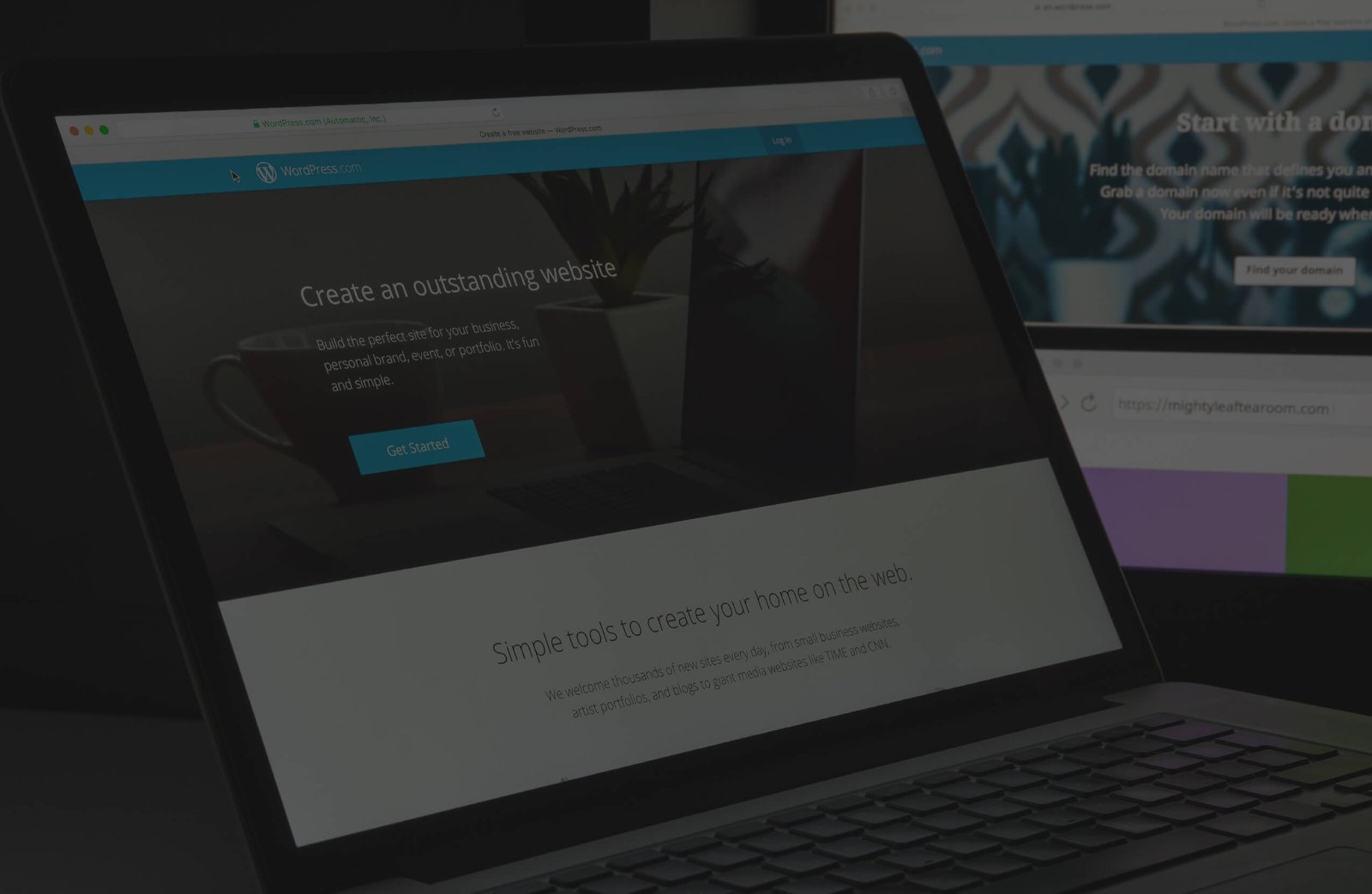Content is an integral part of every successful brand. Blog posts nurture new traffic into subscribers, and social media ad content convinces the audience to take action. Case studies and demos give potential clients the final push they need.
However, randomly creating content and rolling it out is no longer effective. If it’s not reader-centric, your audience will bounce and check out competitors who offer better. This hurts your business’s return on investment (ROI).
And that’s why you need a people-first content strategy to gain an edge in 2025.
In this article, we will discuss what a people-first strategy means and share effective steps for developing one for your content.
What is a people-first content strategy?
Brooke Webber, Head of Marketing at Ninja Patches, defines content strategy “as a comprehensive plan detailing how you manage your content. This includes the content creation process, distribution channels, and measurable metrics. But not all strategies are people-first.”
To be people-first, she says:
- Your audience must be at the heart of the plan.
- It must address your audience’s needs, even the ones they’re yet to have.
- It must consider all segments of your audience for targeted engagement.
- It must embrace personalization and simplicity.
So, if you put all that together, we have a new definition.
A people-first content strategy is a comprehensive approach to content planning, creation, and distribution that prioritizes the audience’s needs, preferences, and experiences above all else.
But why should you make your plan audience-centric? DemandSage says that 52% of consumers say personalization increases their satisfaction with a brand, and a good number say they will pay more for a brand that offers personalization.
52% of customers say personalization improves their satisfaction with a brand
That means tailoring your content plan to your target audience can boost revenue and improve retention. A high retention score means low customer acquisition costs (CAC) and better ROI.
10 steps to develop a people-first content strategy
Developing a people-first content strategy that prioritizes your customers’ needs is not rocket science. Let’s see how to do it below.
- Pen down your goals and objectives
“The goals of creating content can be anywhere from generating traffic to building your email list. It could also be to generate potential buyers and convert bottom-of-the-funnel clients. For companies with a product, it could be all of the above”, Tom Golubovich, Head of Marketing & Media Relations at Ninja Transfers, says.




